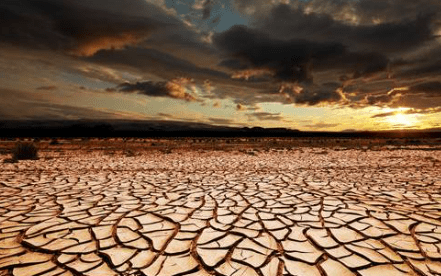Stable rainfall patterns in the month of October through to November we are currently experiencing, according to the United Nations Food and Agriculture Organisation’s (FAO) Global Information and Early Warning System (GIEWS), are likely to support a partial recovery for crop conditions in the country’s northern sector.
GIEWS’ country brief for the months of September and October this year stated: “Weather forecasts for September and October through to November indicate a high probability of average to above‑average rainfall amounts across most of the country.
“Consequently, it is therefore hoped that this will eventually support a partial recovery of crop conditions in northern areas.”
It will be recalled that from June until August this year many hectares of maize and other cereal cultivations in the country’s northern sector were destroyed by drought and dry weather conditions, leaving farmers exasperated.
The situation was worse in the northern belt and maize fields in the Sissala districts of Upper West Region, where hundreds of hectares of farms were roasted and destroyed in the heat-wave.
Meanwhile, dry weather conditions in the Bono, Bono East and Ahafo Regions also exerted pressure on the middle belt agriculture zone, where farming communities were plagued with fall army worms which fed on crops.
GIEWS – a leading source of information and respected authority on global food production, consumption and trade – has maintained that more conducive weather conditions in key‑producing southern areas are likely to avert a major reduction of the 2024 aggregate national cereal output.
However, it notes that the prolonged dry spells in the north are likely to cause production declines compared to last year’s above‑average level.
The agency disclosed that it is conducting household assessments to determine the extent of impacts from recent dry weather conditions in northern areas, where significant production shortfalls are likely to affect local food security conditions.
From the foregoing, it is clear that global climate change is one of humanity’s greatest challenges. Weather extremities such as droughts, floods and cyclones occur more frequently and forcefully – causing insecure living conditions, food shortage and forced migration.
There is a need to deal with the practical consequences of this phenomenon, since agriculture is still the backbone of our economy.










